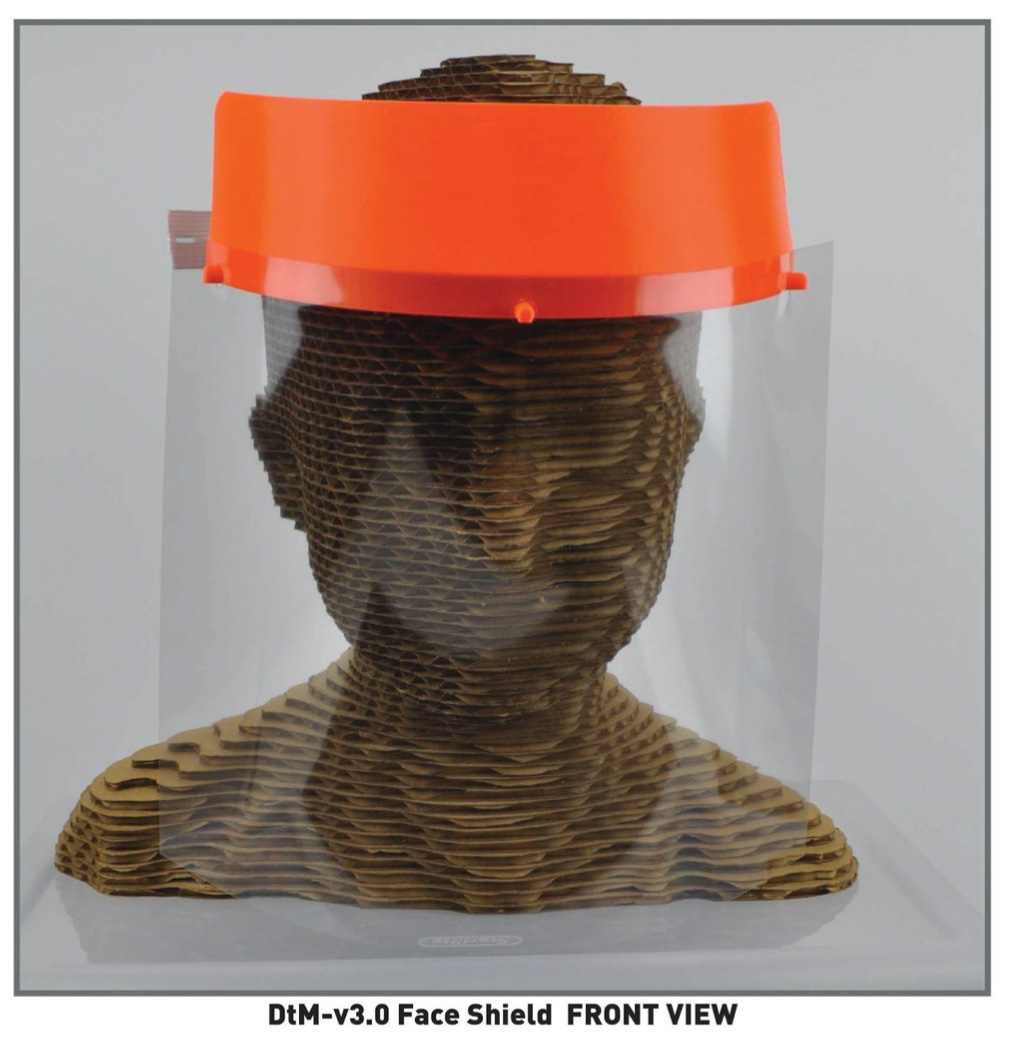Libraries and 3D Printing in a Crisis
Over the past few weeks many libraries have come forward to help remedy the tragic lack of appropriate Personal Protective Equipment (PPE) in healthcare settings. The global pandemic caused by COVID-19 has stretched healthcare equipment provision and supply lines around the world to the breaking point, and local makers have tried their best to fill in the gaps by producing items using a variety of computer-controlled manufacturing equipment such as laser cutters and 3D printers. Libraries, often the core of their community’s access to such technology, have stepped up to try and help wherever possible.
This eagerness to help comes with challenges, however. Very quickly, a number of disparate efforts began, and different solutions began to emerge. Needs within healthcare vary highly from place to place, and while there were a number of early success stories reported in the media, such as the printing of ventilator valves in Italy, global and even local differences between healthcare entities quickly made it impossible to be certain that what was being made could actually be used. At a time when healthcare workers are being overwhelmed, the last thing they need is for well-meaning groups to bring them unsuitable or unusable equipment.
Makers have stepped in to respond to many of the challenges being faced in producing equipment for patient use from ventilator parts (valves, filters, splitters) to entire open-hardware based ventilators and laser-cuttable intubation boxes. Most efforts, though, have tended towards meeting the desperate need in many places for PPE for healthcare workers, and have focused on fabricating either masks that fit over the nose and mouth, in an attempt to mitigate the current lack of N95 masks in the US, or on producing face shields for healthcare workers that are used to prevent direct contact with aerosolized particles when interacting with patients.
Face Shield Built Through Use of 3D Printing

So what does all this 3d printing and protective equipment have to do with standards? Until just a few days ago, everyone in the US was forced to interact with their local institutions because there wasn’t an “approved” standardized design being shared by the FDA or NIH, and thus people were working on producing things that they couldn’t be sure would be able to be used in their specific area. Finally, the NIH launched a 3d printing page dedicated to approved/in review designs of PPE materials for healthcare. On that page libraries and individuals can find designs that have been clinically trialed and approved for use, at least in this emergency situation.
There is still much that needs to be done on this front, and many questions yet unanswered: sterilization procedures, re-use protocols, and more. And in every case, libraries and individuals should reach out to see what is needed within their communities before committing to produce anything. But having standardized and approved designs ensures that makers are at least “doing no harm” in their production of equipment.